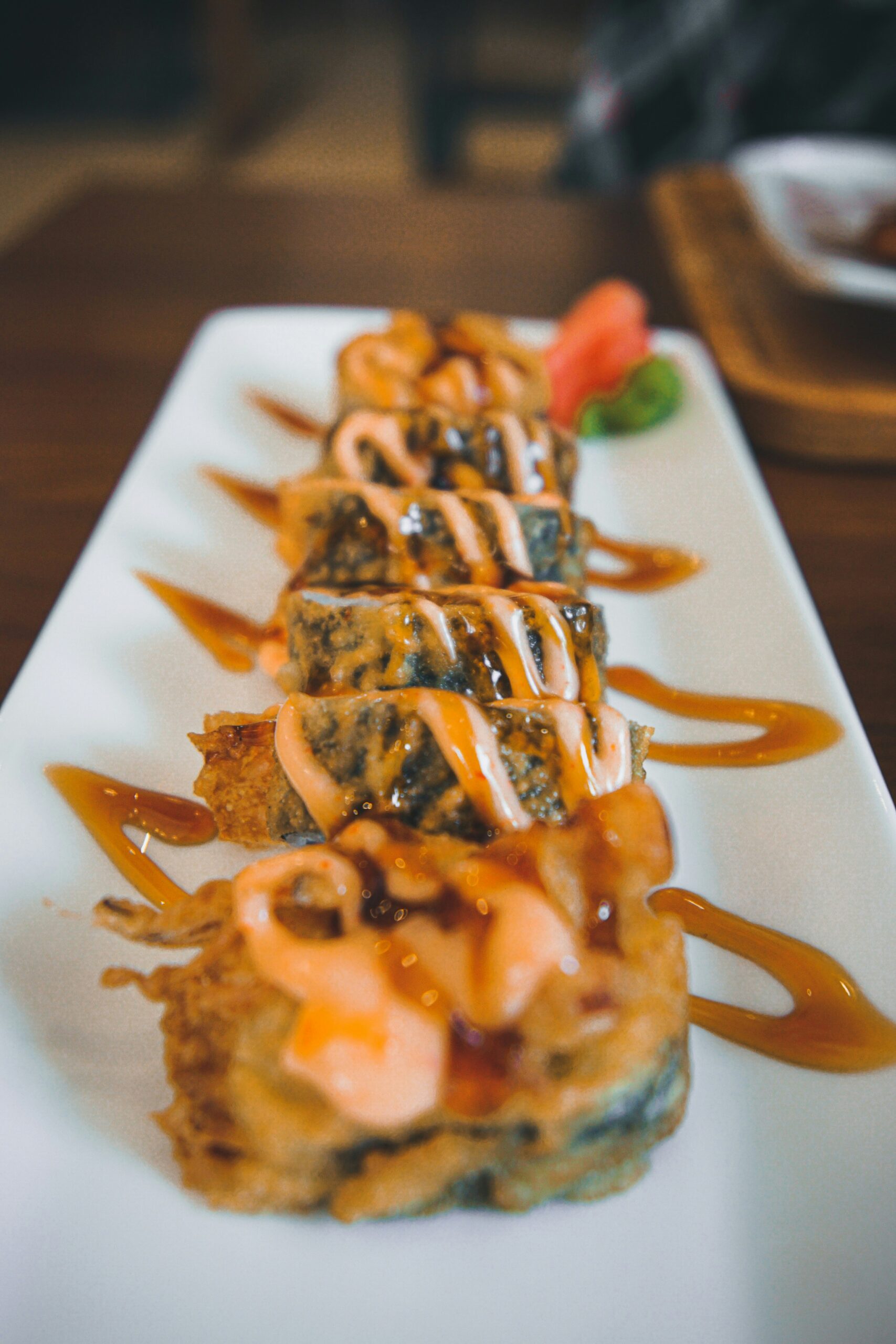Over the past decade, sushi has experienced remarkable growth in popularity across the United States, evolving from a niche delicacy to a mainstream culinary staple. This surge is evident in the significant expansion of sushi restaurants nationwide, reflecting a broader acceptance and appreciation of Japanese cuisine.
Expansion of Sushi Restaurants
The proliferation of sushi establishments is a clear indicator of its rising popularity. In 2011, the United States was home to approximately 11,939 sushi restaurants. By 2021, this number had surged to 18,944, marking a 57% increase over the decade. Notably, 2017 alone saw a 12% rise, with 1,868 new sushi establishments opening that year. This growth underscores the increasing demand and integration of sushi into the American dining scene.
Market Growth and Economic Impact
The economic footprint of the sushi restaurant sector has expanded in tandem with its physical growth. In 2022, the market size of the U.S. sushi restaurant industry reached $27.9 billion, up from $22.59 billion in 2021. This substantial increase highlights sushi’s transition from a specialty cuisine to a significant player in the broader food service industry.
Diversification and Accessibility
Sushi’s evolution in the U.S. is also characterized by its diversification and increased accessibility. Once confined to high-end restaurants, sushi is now available in various formats, from casual eateries and grocery stores to upscale dining establishments. Innovations such as sushi burritos and sushi tacos have emerged, blending traditional elements with American culinary preferences. Additionally, plant-based sushi options have gained traction, catering to the growing number of health-conscious and vegetarian consumers.
Cultural Integration and Consumer Acceptance
The integration of sushi into American culture is a testament to its widespread acceptance. Major urban centers like Los Angeles and New York City have become hotspots for sushi lovers. For instance, Los Angeles’s Ventura Boulevard, dubbed “Sushi Row,” boasts one of the highest concentrations of sushi restaurants outside Japan, illustrating the deep-rooted presence of sushi in the city’s culinary landscape.
Future Outlook
Looking ahead, the sushi industry shows no signs of slowing down. Emerging trends such as the rise of Omakase-style dining, where patrons entrust the chef to select their dishes, are gaining popularity, offering diners personalized and immersive experiences. Moreover, the emphasis on sustainability and sourcing practices is becoming increasingly important, with consumers showing a preference for restaurants that prioritize eco-friendly operations.
In conclusion, the past decade has witnessed a significant transformation in the U.S. sushi landscape. The substantial growth in the number of sushi establishments, coupled with their economic impact and cultural integration, underscores sushi’s transition from an exotic delicacy to a beloved component of American cuisine. As the industry continues to innovate and adapt to consumer preferences, sushi’s popularity is poised to endure and flourish in the years to come.
Sushi’s American Evolution: A Decade of Rising Popularity

Leave a Reply